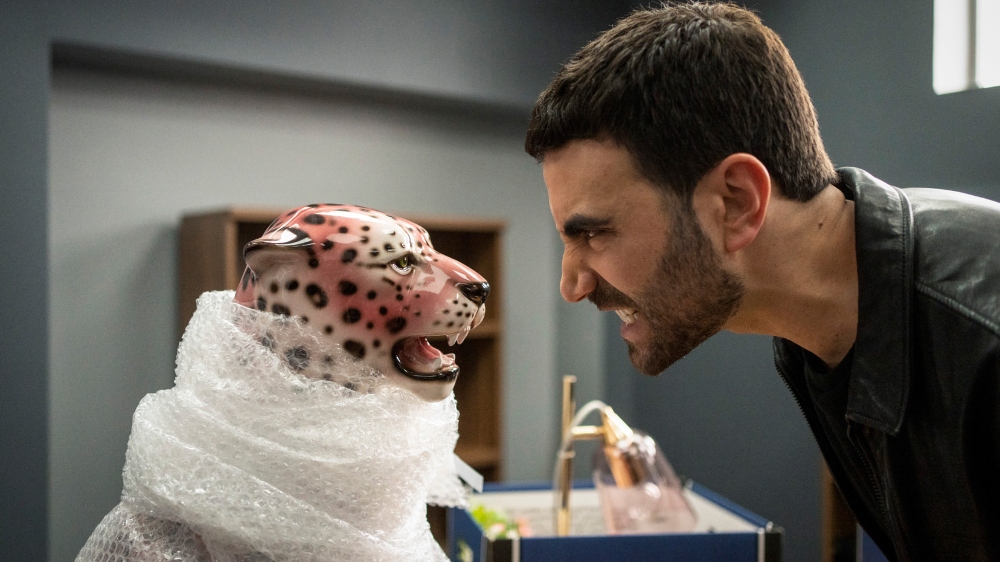
We continue our conversation with the Emmy-nominated below-the-line talent behind Ted Lasso, which leads the comedy pack in terms of Emmy nominations this year. The show hails from Apple TV+ and Warner Bros. Television and stars Jason Sudeikis, Brendan Hunt, Hannah Waddingham, Juno Temple, and Brett Goldstein, three of whom (Sudeikis, Waddingham, and Goldstein) won Emmys for their work.
Earlier today, we spoke to the show’s Emmy-nominated re-recording mixers Ryan Kennedy and Sean Byrne, who discussed their collaboration with other departments, including Sound Editors Brent Findley and Bernard Weiser. The two of them earned Emmy nominations last year, and they are nominated once again this year along with Ashley Harvey, Kip Smedley, Mark Cleary, Jordan McClain, Sharyn Gersh, Richard David Brown, Sanaa Kelley, and Matt Salib.
Findley and Weiser spoke to Below the Line on behalf of the talented group, which was nominated for its work on Episode 9 of Season 2, titled “Beard After Hours,” and explained what went into the creative process behind the sound of the beloved show. Here’s what they had to say…
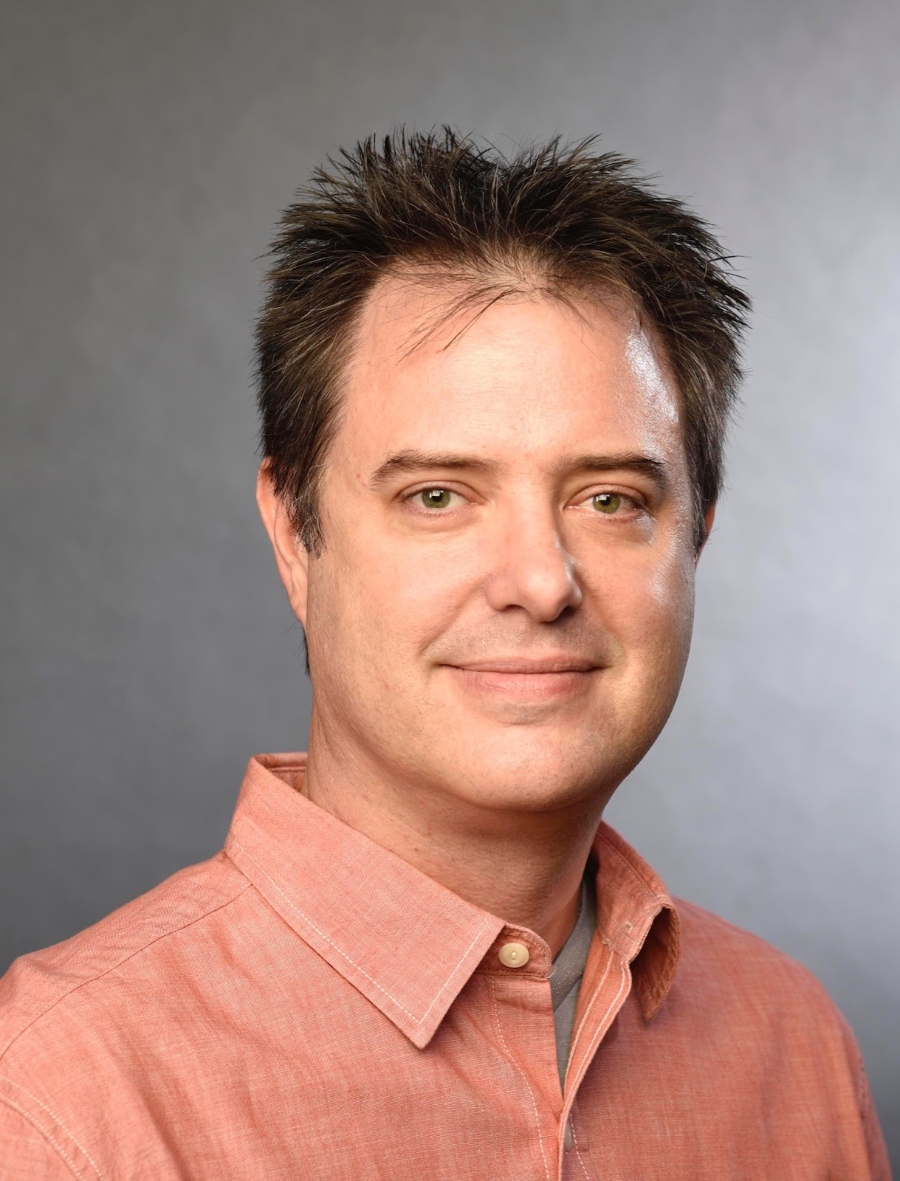
Below the Line: Congratulations on your Emmy nominations! How did you each get involved with Ted Lasso, and did you ever think it would bring you two Emmy nods?
Brent Findley: Kip Kroeger, the supervising post-producer on the show, pitched it to me. We had worked on shows in the past and I really like his style, and we really work well together. When he pitched having me on as sound supervisor, in some ways it did not matter what it was, because, with the good work environment he creates, I was going to say: “Yes.” Of course, forks in the road — I had to say “no” to other people. What if it had been the other way around? I would have missed out on this fantastic show.
I have to say, I’m not a good judge of whether something is good. Sometimes, things that I like get canceled after one season. So I can’t be the judge, I just do it based on the people [and] the content. And this is such a great show, [just] the humanity of it.
Bernard Weiser: We met on the show. I was recommended to Brent, and I agree — what attracts me is who I’m working with. From the very first conversation, we hit it off, and it felt like we had similar ideas. You don’t know what the show is going to be — it’s like raising kids. The only consistent thing is working with good people, and it paid off, not just in the awards, but in the group of people. When you have the level of coordination we had, with these veterans, it leads to an amazing show, in my opinion.
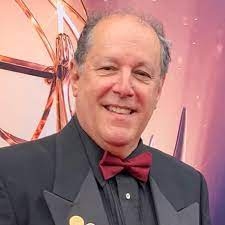
BTL: Well, let’s get into it — what are your favorite effects for this show and how did you do them?
Findley: I mean, the hardest and some of the most fun we had — and it truly is using sound effects and sound design techniques — [were] the crowds. Doing all these chants, the Jamie Tartt [Phil Dunster’s character] chant, the “wanker” chants, singing Blue Moon. We had the challenge, filming under duress and COVID, of creating a stadium full of people without actually having that. We had to explore all options [for] how to do that, with only six group members, some wild tracks from the days we had 100 or 200 people in the stands as a source guide for pacing (which we had to massage, too). So we had to use sound design tools, not just, like, coursing or doubling, we had to apply the characteristics of sound specific for this. So, for example, Bernard cut the ADR dialogue to do the version of the chant that we want cleanly, and then imposed the characteristics of this chant on much larger stadium roars. That gives us the pacing, the pitch needed to support these chants. It’s sort of a great mind trip to extrapolate a few people into thousands of people.
And then we are using “atmos” sound. When we are down on the ground, those larger stadium swells are up higher. So we have to fill all those upper speakers, there has to be separation and something to fill it. That was a nice challenge. But it can’t be a big pile of mud, it has to be legitimate.
Weiser: There were numerous production recordings that fit on different levels. I’m talking about crowds. Some may fit more on the upper level, some in the lower. So we had a lot of conversations [about] what goes where, how to lay it out. Remember we are in the pandemic, so it was not like they were all there to record it. We just had to figure out what worked, especially with the chants — what works in the right way, and then the mixers can take it and finalize it.
Findley: One of the fun challenges was that a smaller group of people can do a chant much faster. That’s human nature, so in the bar, the chants were faster than a chant would be [in] a stadium full of people. In those scenes where we go back and forth between the bar group chanting and the stadium chanting, we had to slow down the bar a little bit — but not too much — and speed up the stadium — but not too much — because they’re on camera, but you want to feel like the chants are simultaneous.
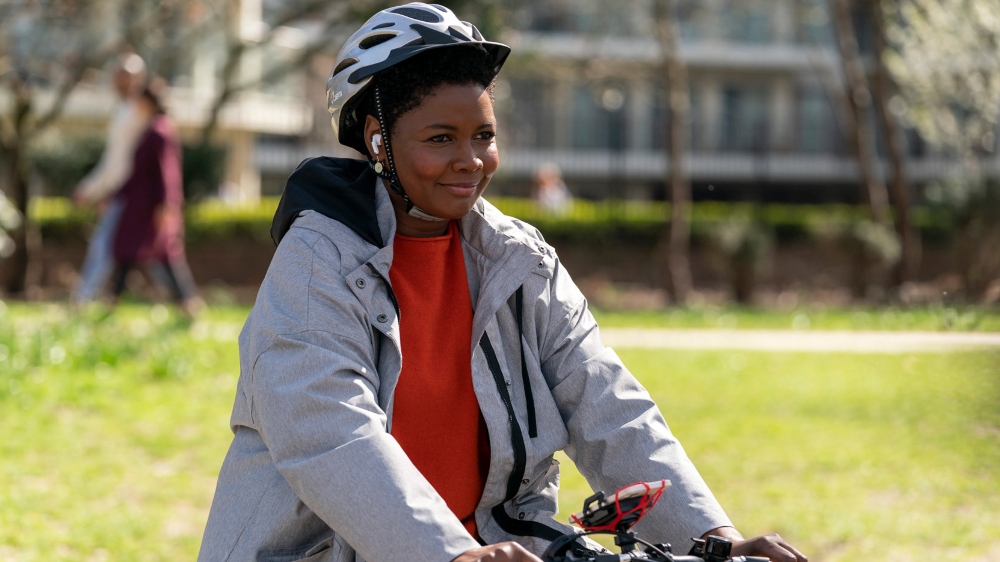
BTL: So you and the mixers mentioned the atmos surround sound. How is it different? What are the challenges or benefits of that system?
Weiser: The actual source material out in production is not recorded any differently. It’s different in the re-recording process, in the final moments we are building what the sounds feel like. It opens up a way to get articulation, and a busy, full scene. Having the separation of these speakers, we can put the crowds up higher and let the music stay in the traditional middle, as an example. Instead of having to share the speakers with all our sounds, we can move things out of the way, and it creates an articulation that would have been lost in the pile before.
Findley: A good example is yet another chant, in Season 1. You have the crowd and then there’s a crowd to the coaches. In production, there is background noise and your main characters talking. The separation allows all the details to come through, which gives you the best of everything.
Weiser: Of course, it means we can use more material because we have more space for it. That nuance would have been lost in Stereo or 5.1. That’s another benefit — the difficulty is making sure we are not doing it as a gimmick. It has to feel natural, not just put it in the height channels because it’s there, but because it makes sense.
BTL: The thing is, this show is not even really about soccer. So, talk to us about other sound effects away from the game. People don’t always realize they’re hearing sound effects.
Weiser: If we are doing our job well, you won’t notice it. Brent has been very good at making our effects subtle. It’s about the choices. There was a scene in the episode we are nominated for, the “lady in red” scene. At first, we looked at it [and] we knew we had to ADR the whole scene. And then we were able to whittle it down to only a couple of lines of ADR. In production, there were a lot of effects there that were consuming too much frequency. You clean up the scene, but you lose the background noise. These aren’t huge sound effects, but you have to make choices to add things back in. You’re going to add a London bus, but it can’t be an L.A. bus.
Findley: Another fun one, in the Christmas episode, was the sequence for the “Carol of the Bells.” Two characters are going out trying to find a dentist or an orthodontist in the neighborhood. We pressed, I think, seven doorbells, as a collaboration between music and effects, where I brought several dozen doorbells to the scene. We pitched them to be within the key of the song. Every doorbell is placed with the song [at] that moment in the song. It was a lot of fun of saying ‘oh, we like these bells, but it’s too far away from the pitch,’ so we had to move it to when it matched. Telling that story, having it be appropriate when they open the door and play into the music with our music editor, was fun. We had time to cut it correctly. The press of the bell would trigger the music in time with the music. It was a whole collaboration to get that scene to flow very comfortably and hopefully, nobody noticed. If we didn’t do it that way, it would feel clunky.
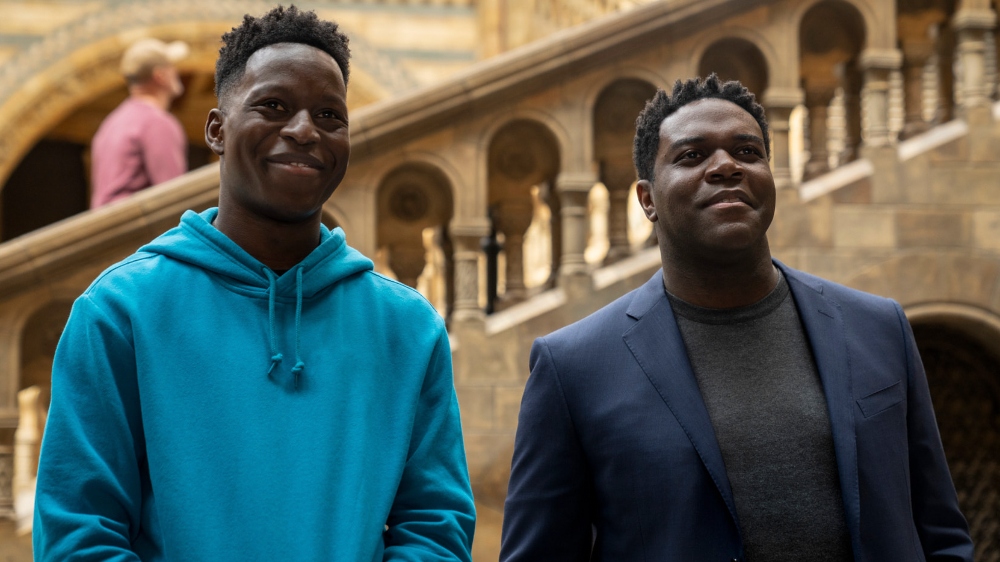
BTL: Walk me through some of the other challenges.
Findley: It’s really hard to get the dialogue clean when we are out in the field. They are playing, they are in their uniforms. We have to re-record the lines after many times, and we have to pick which ones. But recreating a performance and the environment is always hard, trying to get back to even, so to speak. [With] an ADR [session] in a nice padded room, it’s hard to emulate the feeling of being across the pitch. But sometimes the script is important enough that I have to do it.
Weiser: It’s also about being able to dive deeper, into other setups, rather than just doing another take. It’s important to understand all the paperwork. We look through other areas and find other areas in production that we were like, ‘wow, look at that!’ and we used it to enhance that field or go for the sound we were going for at the beginning. Finding gems like that is really fun, [and it makes sure the audience pays attention to the performance, but it’s a lot of work.
Findley: Yeah, sometimes we are able to take from elsewhere in the episode or across the season, like, ‘oh, we really like the energy in that locker room.’ It’s about getting creative but, of course, it’s a lot of work.
Weiser: I’ll say one last one — this show is about so many characters, this is an ensemble. And the show is about all these characters. It’s important to be in tune with where the storyline resides, and sometimes you have so many [people] doing their things. It’s choosing the mics that make sure you [can] feel the chaos that is happening, but also [stay] clear on the storyline that keeps you attune with the character. Some of those scenes, with so many people, are challenging. Our mixers are in tune [with] that and I try to lay it out for them.
Both seasons of Ted Lasso are now streaming on Apple TV+, which has not announced a release date for Season 3. Click here for our interview with Sound Mixers Ryan Kennedy and Sean Byrne, and click here for our interview with Nicky Austin, the show’s head Makeup Designer and Hairstylist.





